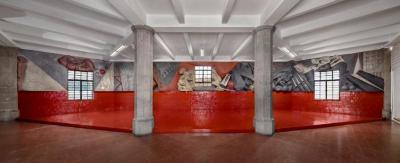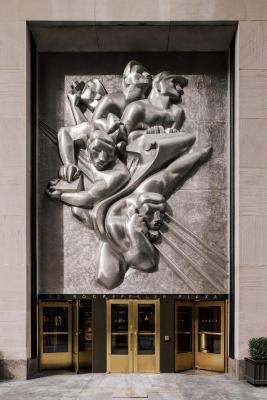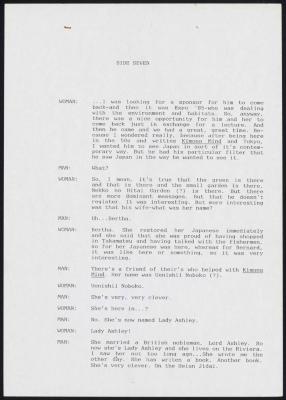Isamu Noguchi interviewed by Kazue Kobata. Part 10 of 13.
August 25 1986
Identifier
AV_CTE_004F_1986_02
Duration
1h 2m 12.0s
Description
Noguchi’s sense of separateness - Venice Biennale - first time being named as an American - Henry Geldzahler - Arata Isozaki. Difficulties in getting a show in Tokyo - Tokyo Metropolitan Teien Art Museum. Discussion of what defines an American artist - difficulties of funding in United States - no government support, needing private money from Philip Morris, Inc. for American Pavilion. Japanese artists abroad - revival of international chauvinism. International art shows - Noriyuki Hamaguchi in Iran - Mono-ha - Oil Pool (1971) - Documenta 6. The role of production in the artist’s practice - Noguchi’s position that without a system he maintains freedom to make mistakes and to be unsure - Noguchi’s skepticism of deadlines and schedule - the mindset of an artist versus an architect. The limitations of privilege - security and expectation - teaching art. System of gallery rentals in Japan - museum exhibitions in Japan - commercial galleries. Differences with American galleries - founded on speculation. Noguchi didn’t have any shows between 1935 - 1948 - working on busts to sustain himself in this period. Noguchi considers akari, theater sets, tables as means to sustain art practice. During this time worked on History Mexico (146) and News (163). Noguchi appreciated the social contact that working on busts provided. Experience in Poston War Relocation Center - Noguchi’s feeling of social responsibility. Social protest and art practice in Japan. Tensions between artistic motivation and political engagement. Noguchi’s work in situ and in process - desire for place - Noguchi’s sense of isolation - the need for space by those that have been transplanted - the artist and collective unconscious. Monumental work and the relative necessities of scale - proportionate to the urban scale. Noguchi’s investigation of Native American mounds - earthworks - landscape art. Cezanne - the artist identifying with the subject - Cezanne becomes the mountain he paints - Noguchi identifies with the stone when he works - the stone speaks - sympathetic association. Place versus space - place is psychological, space is physical. Noguchi’s belonging to the world - belonging to the artist community - belonging to mythology - belonging to the unconscious. The artist projects himself to the audience - towards the past and the future - part/whole relations. Buckminster Fuller - the artist as a generalist, scientists as particularists - art and science. Not enough to prophesize destruction, the artist must evoke a creative response - Philip Johnson.
Creator
Collection


